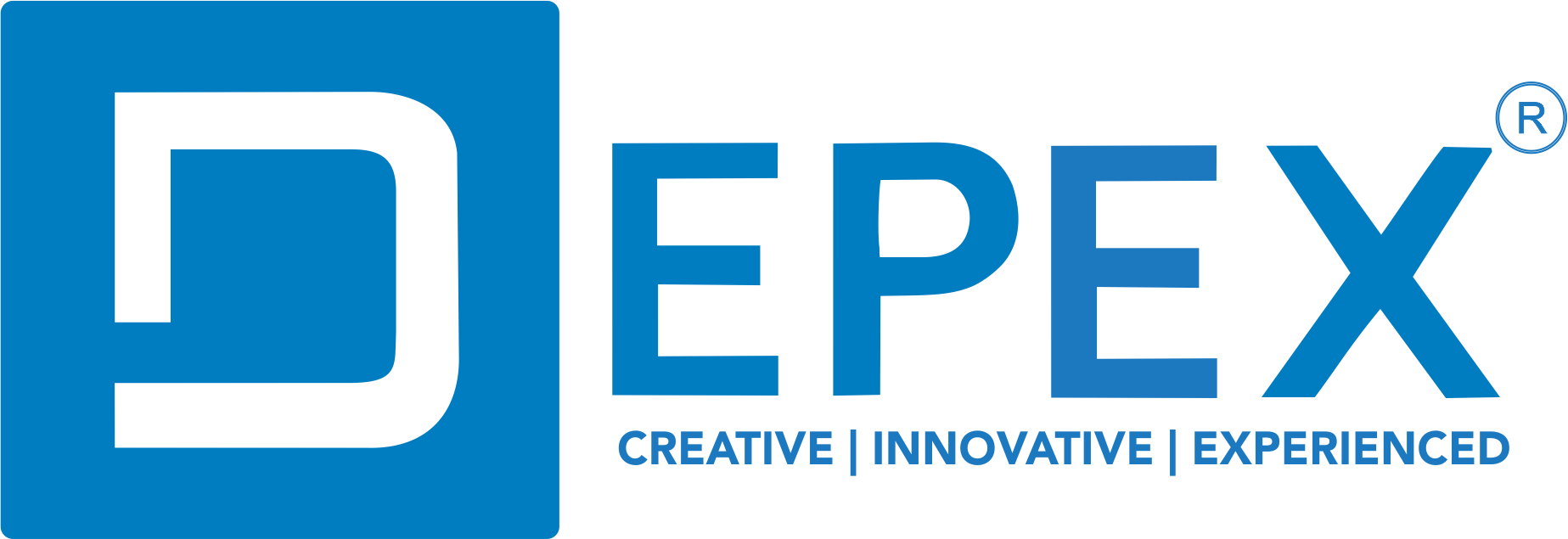How Much Does it Cost to Build Expense Tracking Software Like Fyle?
In today’s fast-paced business environment, managing expenses efficiently is crucial for companies of all sizes. With the rise of digital solutions, businesses are increasingly adopting expense tracking software like Fyle to streamline their financial operations. But if you are considering developing your own expense tracking software, one of the first questions that arise is: How much does it cost to build expense tracking software like Fyle?
In this blog, we’ll break down the key factors influencing the cost of building an expense tracking software solution, provide a detailed price range, and highlight how Depex Technologies can help you create a high-quality, scalable solution that suits your business needs.
What Is Expense Tracking Software?
Expense tracking software allows businesses to monitor, categorize, and manage their spending effectively. Solutions like Fyle automate the process of expense reporting, approvals, and reimbursement, improving financial transparency and reducing errors. With cloud-based solutions, such software can be accessed from anywhere, enabling real-time updates, integration with accounting software, and better overall visibility of business finances.
Key Features of Expense Tracking Software
Before delving into the cost of development, it’s important to understand the features that an expense tracking software like Fyle includes. Here are the essential features you can expect:
- Expense Reporting: Employees can submit expenses with receipts, which are then automatically categorized.
- Approval Workflow: Managers can review, approve, or reject expense reports.
- Receipt Scanning: Optical character recognition (OCR) is used to extract data from receipts for easy tracking.
- Integration with Accounting Software: Integration with tools like QuickBooks, Xero, and others allows seamless syncing of financial data.
- Multi-Currency Support: For global businesses, supporting multiple currencies ensures accurate expense tracking across regions.
- Analytics and Reporting: Built-in analytics allow for detailed financial reporting and trend analysis.
- Mobile App Support: Employees can capture receipts and submit expenses on the go with mobile apps.
- Cloud-Based Access: Real-time data accessibility from any device, anywhere.
- Compliance Management: Ensures that the expense claims align with company policies and government regulations.
Factors Affecting the Cost of Building Expense Tracking Software
The cost of developing expense tracking software like Fyle depends on several factors, including:
1. Complexity of Features
The more advanced features you include, the higher the cost. A basic app with essential features such as expense submission and approval workflows will be cheaper to develop than a robust platform with advanced analytics, multi-currency support, and deep integration with various accounting software.
2. Platform (Web, Mobile, or Both)
Expense tracking software can be developed as a web application, mobile application (Android/iOS), or both. Developing for multiple platforms (web + mobile) will naturally increase the overall cost of the project due to the additional work required.
- Web Development: A responsive web application is often cheaper and easier to maintain.
- Mobile App Development: Developing native apps for iOS and Android will increase costs, especially if you need cross-platform compatibility.
3. Technology Stack
The choice of technology stack plays a major role in the cost. Modern tech stacks like React, Node.js, and Python Django offer scalability and flexibility but can also demand higher developer expertise. Integrating AI/ML for expense categorization and expense prediction can increase the costs significantly.
4. Design and User Experience
User experience (UX) design plays a significant role in the development process. A sleek, intuitive design with a user-friendly interface can make your software more appealing to users but may increase design and development costs. Custom branding, animations, and advanced UI features require additional resources.
5. Integration with Third-Party Tools
Expense tracking software often needs to integrate with third-party tools such as accounting software, payment gateways, or enterprise resource planning (ERP) systems. The complexity of these integrations influences the development cost. For example, integrating with tools like QuickBooks, SAP, or Stripe can increase both time and cost.
6. Security and Compliance
Ensuring that the software is secure and complies with legal regulations (such as GDPR, SOC 2, etc.) is crucial. Implementing strong security protocols, encryption methods, and compliance checks adds to the overall cost of the development process.
7. Development Team and Location
The cost of hiring a development team depends on their expertise and location. Development teams based in North America or Western Europe tend to charge more than those in regions like Asia or Eastern Europe. The cost will also vary depending on whether you hire freelancers, a development agency, or an in-house team.
8. Ongoing Maintenance and Support
After the software is launched, there will be ongoing maintenance costs. This includes bug fixes, security patches, software updates, and customer support. Additionally, you may need to scale the system as your business grows, which can increase costs over time.
Estimated Cost Range for Building Expense Tracking Software
Now that we’ve discussed the factors that influence the cost of development, let’s explore the estimated cost range for developing an expense tracking software like Fyle.
1. Basic Version (Cost: $35,000 – $65,000)
A basic version of expense tracking software would include fundamental features such as expense reporting, approval workflows, and basic receipt scanning. This version is ideal for small to medium-sized businesses looking for an affordable solution.

2. Advanced Version (Cost: $65,000 – $125,000)
The advanced version would include additional features like mobile app support, multi-currency tracking, advanced analytics, and integration with popular accounting software. It would be suitable for medium to large businesses that require more comprehensive functionality.
3. Enterprise Version (Cost: $125,000 – $175,000)
An enterprise-level expense tracking software solution would be highly customized with premium features such as AI-based expense categorization, multiple integrations, advanced security protocols, and tailored reporting. This version is ideal for large corporations with complex expense management needs and high security standards.
Conclusion
The cost of building expense tracking software like Fyle varies widely based on the features you need, the platforms you choose, and the development team you hire. As a business, it’s important to define your objectives clearly and choose a development partner who understands your needs.
At Depex Technologies, we specialize in creating scalable and secure expense tracking software solutions tailored to your business requirements. Whether you need a basic version for small businesses or an advanced platform for large enterprises, we have the expertise and resources to help you bring your vision to life.
Our dedicated team of developers, designers, and project managers is here to assist you every step of the way. If you’re ready to develop a custom expense tracking solution that meets your business needs, contact us today. Let’s work together to build a solution that streamlines your expense management and drives business efficiency.





